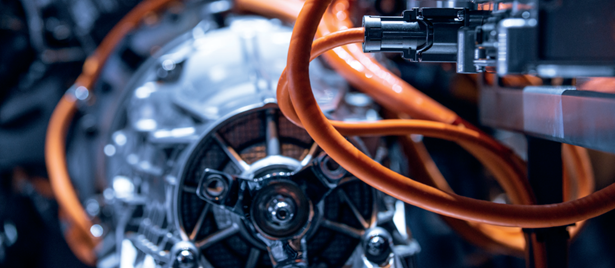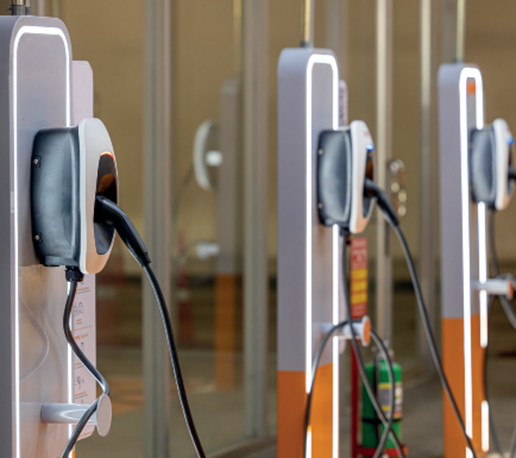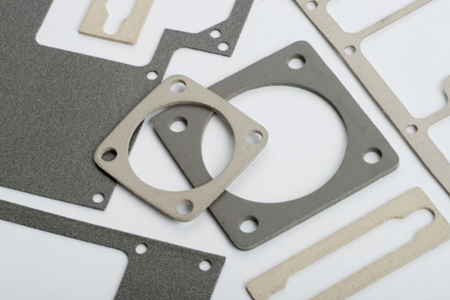|

TE Connectivity Sealing, Protection and Electromagnetic Compatibility
EV and hybrid applications often require manufacturers to design robust, resilient, and lightweight vehicles that address the performance demands of the transportation vehicles market. it also means vehicles manufacturers must choose a component provider that not only understands current and future market demands but offers a breadth of products that address a range of needs and are backed by decades of superior performance and reliability.

E-Mobility Architectures
Vehicle manufacturers are accelerating development away from internal combustion engines (ICE) and focusing more on architectures incorporating electric motors. The approaches they are actively pursuing may be summarized in four categories:
- Conventional hybrids
- Plug-in hybrids
- Battery electric vehicle (bev)
- Hydrogen fuel cell electric vehicle (fcev)
Addressing The High Voltage Insulation Challenges
Electrical insulation materials can be in solid, liquid and gas form dependent on the given application. When it comes to high-voltage applications, it is important to choose a heat shrink tubing material that can withstand the high voltages involved without breaking down or failing. Here are some of the best high-voltage heat shrink tubing materials:

- Polyolefin heat shrink tubing
- Silicone tubing
- Ethylene propylene diene monomer (EPDM) heat shrink tubing
- Fluoropolymer heat shrink tubing
- PVC heat shrink tubing
The use of heat shrink tubing can offer numerous substantial advantages for electric vehicle batteries. One key benefit is its ability to furnish dependable protection against a variety of challenging environmental conditions. Heat shrink tubing can help shield the battery, along with its associated wiring and cables, from factors such as humidity, oils, grease, chemicals, and other substances, enables optimal performance over an extended period. Additional merits encompass:
- Insulation Enhancement
- Cable Stress Mitigation
- Corrosion Protection

E-Mobility Creating More Electromagnetic Compatibility (EMC) Challenges
EMC is often an afterthought in the design process but can have a significant impact on performance and delay time to market by not meeting industry compliance requirements. EMC design involves three primary domains:
- Emission
- Susceptibility
- Coupling
EMI Shielding: A Mechanical Fix to an Electrical Problem
Shielding of the enclosure is just as important and can solve the problem of radiated emissions and susceptibility. Shielding is a mechanical fix for an electrical problem and the enclosure design engineer should be aware of the types and different attributes of gaskets available and provide enough land area on the enclosure seams, doors etc. to fit the gasket. There are 4 main gasket types available:
- Knitted wire mesh
- Conductive elastomers
- Form in place
- Oriented wire
- Conductive fabric over foam
- Beryllium copper fingers

TE’s RAYCHEM Heat Shrink Tubing Products could applications for harsh and rugged environment, EMI shielding products’ optimize electrical, mechanical performance and compliance to address electromagnetic compatibility problems. Learning more solution to complex electrification design requirements and products, please click:
WHITEPAPER - SEALING, PROTECTION AND ELECTROMAGNETIC COMPATIBILITY (EMC) DESIGN CONSIDERATIONS IN E-MOBILITY APPLICATIONS

|



